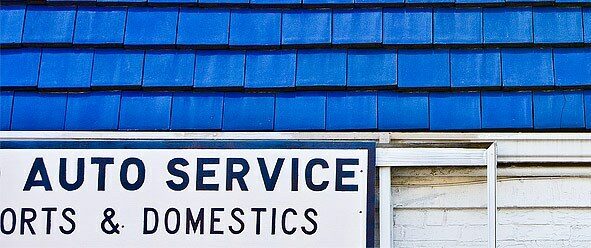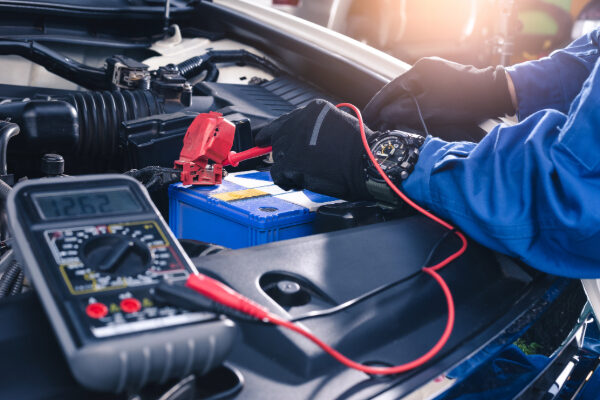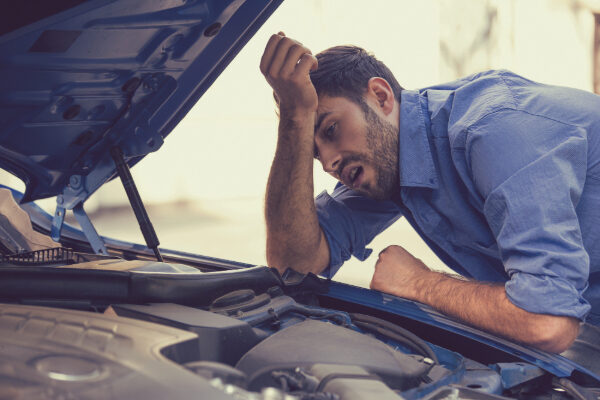
A car is a major investment, and you want to keep your ride running safely for a good, long time. Thanks to better technology, today’s cars can last for 200,000 and even 300,000 miles. To do so, you have to keep your vehicle in top shape by having routine work done by a mechanic you go to regularly and keeping a consistent record of your car’s service.
Here’s a breakdown of a regular automotive maintenance schedule to follow to help keep your car running and you and your precious cargo safe. Your owner’s manual may dictate a different maintenance schedule, which you should follow.
Brake Pads, Rotors and Fluid
What you should do: Check the pads and rotors every 3,000 to 5,000 miles; replace fluid every 2 years.
What they do: Brake pads and rotors provide friction to stop your motion. The brake fluid helps the brake pedal and brakes properly work with each other.
Engine Oil and Filter
What you should do: Change them every 3,000 to 5,000 miles. However, many service shops and oil-change places are now using more advanced synthetic oils that last much longer. Again, consult your manual or dealership auto shop to find out how many miles you can go on synthetic oils.
What they do: Keep all the engine’s parts moving together smoothly. Without them, an engine would start breaking down.
Steering and Suspension
What you should do: Check steering and suspension every 3,000 to 5,000 miles.
What they do: Without them, you wouldn’t be able to move the car where you want to; they hold the wheels and allow everything to move in the same direction.
Battery
What you should do: Check it every 3 to 5 years.
What it does: It pumps power to the starter motor and all vehicle electronics.
Cooling System
What you should do: Check it every 6,000 to 10,000 miles.
What it does: Keeps the engine from overheating.
Headlights, Taillights, Blinkers
What you should do: Check them every 6,000 to 10,000 miles. Many cars now require you to change the headlights from inside the engine compartment, so check their strength regularly.
What they do: Alert other drivers to when you are breaking and making a turn. They make night driving possible and help other motorists see your vehicle on the road.
Transmission Fluid
What you should do: Change it every 25,000 miles.
What it does: Maintains the efficiency of the wheels by enabling the transmission to properly send power from the engine to the tires on the road.
Air Filter
What you should do: Change it every 40,000 miles.
What it does: Like an oxygen mask, it feeds clean air into your car to make it run efficiently.
Power-Steering Fluid
What you should do: Change it every 40,000 miles.
What it does: Makes it much easier to turn your steering wheel, thanks to inexpensive hydraulic fluid that keeps pumps and valves lubricated.
Spark Plug
What you should do: Change it every 40,000 miles.
What it does: It gets your car moving, with an electric charge that lights gas vapors to start and run your automobile.
Timing Belt
What you should do: Change it every 60,000 to 100,000 miles.
What it does: Ensures the engine crank and camshaft turn at the same time. Without it, the engine wouldn’t work properly.
Does your car need to be fixed? Let Nationwide help get you back on the road. Repairs completed by an On Your Side Auto Repair Network? facility are guaranteed by both the facility and Nationwide.*
*Guarantee includes alternative parts identified on appraisal and used in repair. Also, work performed at an On Your Side® Auto Repair Center includes workmanship guarantee. For informational purposes only. Program terms and conditions are controlling.



